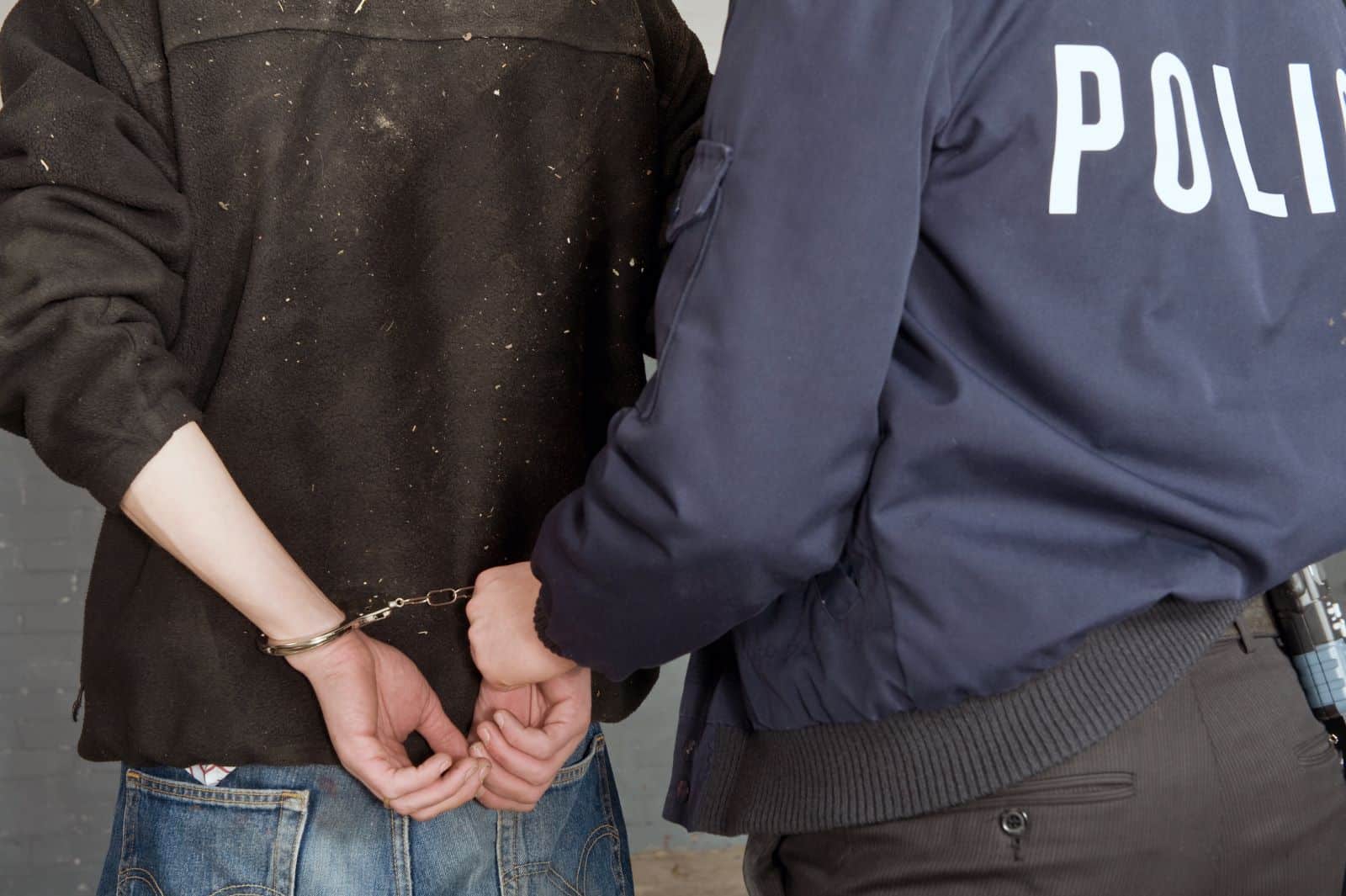To honor the historic Stonewall Riots, New York officials are renaming the closest subway station to the Christopher Street-Stonewall National Monument station, and the National Park Service plans to open the Stonewall National Monument Visitor Center in 2024.
Stonewall Uprising and Its Significance

The Stonewall Riots, also known as the Stonewall Uprising, began on June 28, in the summer of 1969, when New York City police raided the Stonewall Inn, a gay club in Greenwich Village.
The Role of the Mafia

The Mafia, often prepared to make money outside the law, saw a profitable opportunity in catering to the LGBT community, so the Genovese crime family purchased and operated the Stonewall Inn by 1966.
The Bottle Bar

The Stonewall Inn and the bar inside even operated without a liquor license, running as a private “bottle bar,” where patrons brought their own alcohol.
Enough Is Enough

Raids like this were common back then, but this time was different. When police were raiding the bar and throwing out patrons and staff alike, they decided enough was enough and began to finally fight back.
The Riot’s Catalyst

The police raid came without warning and led to the arrest of 13 people for violating the state’s gender-appropriate clothing statute, but in the end, it was the aggressive handling of a lesbian patron that incited the crowd and led to a full-scale riot.
Six Days of Protest

The raid was followed by six days of protests and violent clashes with the police, marking a pivotal moment for the gay rights movement both in and out of the United States.
The Climate of Constant Raids

During the 1960s, LGBTQ+ Americans faced severe discrimination within the law, with cities like New York making same-sex solicitation and relationships illegal.
Raiding Bars

LGBTQ+ individuals tried their best to find refuge in gay bars and clubs, though these places were frequently targeted by violent and prejudiced police raids.
Overturning Regulations

By 1966, Activists managed to overturn some of these discriminatory regulations and were able to get LGBTQ+ patrons to be served alcohol, but public displays of affection remained illegal, and police harassment continued.
Impact of the Stonewall Riots

The Stonewall Riots catalyzed the LGBT rights movement and resulted in the formation of several LGBTQ+ organizations, such as the Gay Liberation Front and GLAAD.
Early LGBT Rights Organizations

Despite being forced to disband in 1925, the Society for Human Rights, founded in 1924 by Henry Gerber, was the first documented U.S. gay rights organization that set a precedent for future LGBTQ+ activism.
The First Gay Pride Parade

On the first anniversary of the Stonewall Riots, thousands of people marched through Manhattan in what became known as “Christopher Street Liberation Day,” America’s first gay pride parade.
Celebrating Dissent

Fifty years later, New York is now celebrating the brave gays who stood against their very own police force with a new bill to rename the Christopher Street-Sheridan Square subway station.
The New Station

To commemorate the Stonewall Riots, New York officials have voted to change the station to the Christopher Street-Stonewall National Monument station.
Legislative Support for Renaming

State Senator Brad Hoylman-Sigal sponsored the proposal and believes renaming the station is the way to memorialize LGBTQ+ civil rights history.
Demanding Justice and Equality

Senator Hoylman-Sigal said, “This change will memorialize the history of the modern LGBTQ civil rights movement and inspire NY to demand justice and equality for all.”
Governor’s Approval Pending

The bill now awaits approval from Governor Kathy Hochul, who is expected to sign it into law due to New York’s historic commitment to honoring LGBTQ+ history and culture.
Stonewall National Monument Visitor Center

At the same time, the National Park Service plans to open the Stonewall National Monument Visitor Center in 2024 to further commemorate this important milestone in LGBTQ+ history.
The National Park’s First LGBTQ+ Center

The Stonewall National Monument Visitor Center will be the first LGBTQ+ visitor center within the National Park System and will provide an immersive experience with tours, exhibits, and lectures on LGBTQ+ history.
Remembering the Legacy

The creation of this visitor center and the renaming of the subway station are meant to serve as beacons for the ongoing fight for LGBTQ+ equality and will hopefully ensure that the history of the Stonewall Uprising continues to inspire new waves of activism for generations to come.
The post New York to Honor Stonewall Rioters With LGBTQ+ Monument and Historic Station Name Change first appeared on Pulse of Pride.
Featured Image Credit: Shutterstock / Christopher Penler.
For transparency, this content was partly developed with AI assistance and carefully curated by an experienced editor to be informative and ensure accuracy.

